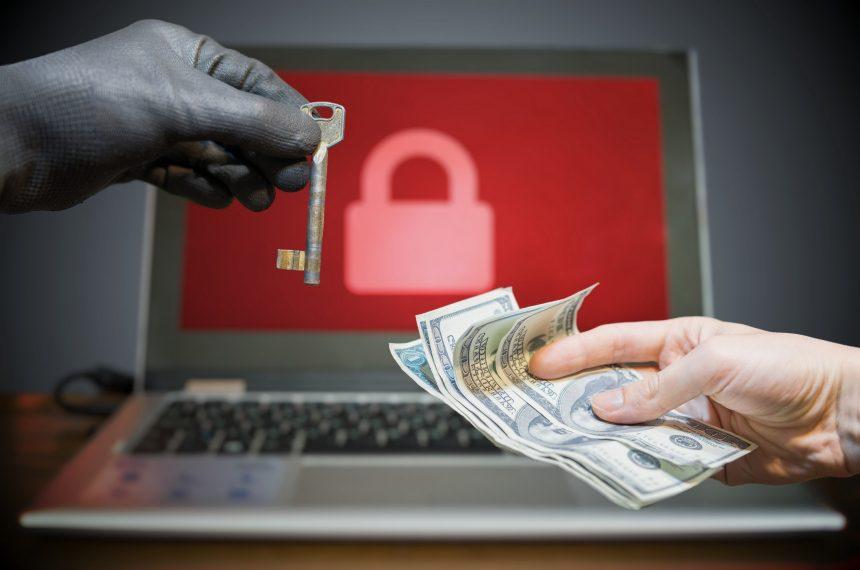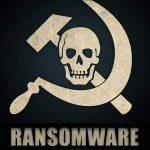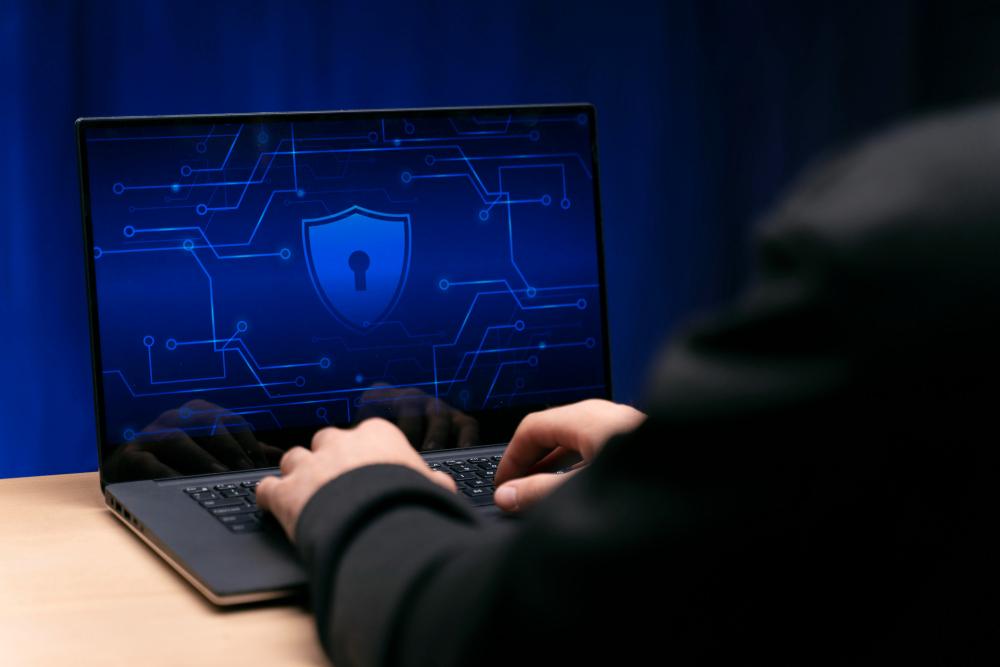Ransomware has become one of the most pervasive and damaging cyber threats in recent years, with new variants constantly emerging. One such variant is Edhst ransomware, a malicious software designed to encrypt files on a victim’s computer and demand a ransom for their decryption. This article provides a comprehensive overview of Edhst ransomware, detailing its actions and consequences, detection names, similar threats, and a thorough removal guide. Additionally, it includes best practices for preventing future infections.
Actions and Consequences of Edhst Ransomware
Edhst ransomware operates by infiltrating a victim’s system and encrypting critical files, rendering them inaccessible. The malware typically arrives via phishing emails, malicious downloads, or exploit kits. Once executed, it scans the system for a wide range of file types, including documents, images, videos, and databases, and encrypts them using a strong encryption algorithm. Encrypted files are often appended with a specific extension unique to Edhst ransomware, making it easy to identify which files have been compromised.
The ransomware then creates a ransom note, usually in the form of a text file or an HTML page, which is placed in every directory containing encrypted files. This note instructs the victim on how to pay the ransom, often in cryptocurrency like Bitcoin, in exchange for the decryption key. Failure to pay the ransom within a specified time frame may result in the permanent loss of the decryption key, leaving the files inaccessible forever.
Text in the ransom note:
| DON’T PANIC! |
| EVERYTHING WILL BE FINE! |
All your files, documents, photos, databases and other important
files are encrypted.
You are not able to decrypt it by yourself! all of the encrypted
data cannot be recovered by any means without contacting our team directly.
To make sure that we REALLY CAN recover all of the encrypted data – we offer you to
decrypt 2 random files of your choice completely free of charge.
None of your internal documents or files were downloaded this time, and
as soon as we receive the payment – your network will be completely recovered
like nothing happened.
Don’t worry! It’s up to you to decide how much you pay!
The faster you reply, the easier it will be!
How to obtain Bitcoins?
* Read this guide:
hxxps://www.coindesk.com/learn/how-can-i-buy-bitcoin/
EMAIL us:
trufflehogger@proton.me
-> ATTENTION:
* DO NOT rename encrypted files.
* DO NOT try to decrypt your data using third party software,it may cause permanent data loss.
* Decryption of your files with the help of third parties may cause increased price (they add their fee to our) or you can become a victim of a scam.
Detection Names and Similar Threats
Cybersecurity companies and researchers have identified Edhst ransomware under various names depending on the detection software used. Some common detection names include:
- Trojan-Ransom.Win32.Edhst
- Ransom.Edhst
- Win32/Filecoder.Edhst
Edhst ransomware shares similarities with other ransomware threats, such as:
- Ryuk Ransomware: Known for targeting large organizations and demanding high ransoms.
- Sodinokibi (REvil) Ransomware: Notorious for its high-profile attacks and large ransom demands.
- Maze Ransomware: Notable for its tactic of stealing and threatening to publish sensitive data in addition to encrypting files.
Removal Guide for Edhst Ransomware
Removing Edhst ransomware requires a systematic approach to ensure that all traces of the malware are eliminated and encrypted files are recovered as much as possible. Here is a detailed removal guide:
Step 1: Isolate the Infected System
- Disconnect from the Network: Immediately disconnect the infected device from the internet and any local networks to prevent the ransomware from spreading to other devices.
- Power Off and On in Safe Mode: Reboot the computer in Safe Mode to prevent the ransomware from executing during the removal process.
Step 2: Identify and Terminate Malicious Processes
- Open Task Manager: Press
Ctrl+Shift+Escto open Task Manager. - Locate Suspicious Processes: Look for unfamiliar or suspicious processes that could be related to the ransomware.
- End Processes: Right-click on these processes and select “End Task” to stop them from running.
Step 3: Remove Malicious Files
- Access System Files: Navigate to the system files using File Explorer.
- Delete Malicious Files: Look for recently created or modified files in directories like
AppData,Local,Temp, andRoaming. Delete any files that seem suspicious or are associated with the ransomware. - Clear Temporary Files: Use the Disk Cleanup utility to clear temporary files.
Step 4: Restore Encrypted Files
- Backup Encrypted Files: Before attempting any decryption, make backups of the encrypted files to avoid permanent data loss.
- Use Data Recovery Tools: Sometimes, data recovery tools can restore files from shadow copies or other system backups. Check if the system’s shadow copies are intact by typing
vssadmin list shadowsin the Command Prompt. - Check Decryption Tools: Look for legitimate decryption tools from reputable cybersecurity firms that might have solutions for Edhst ransomware.
Step 5: Restore System
- System Restore: If system restore points are available, use them to revert the system to a state before the ransomware infection occurred.
- Reinstall Operating System: As a last resort, consider reinstalling the operating system. Ensure all important data is backed up before proceeding.
Best Practices for Preventing Future Infections
- Regular Backups: Maintain regular backups of critical data on external drives or cloud storage. Ensure backups are not constantly connected to the network.
- Update Software: Keep the operating system, antivirus programs, and all software up to date to protect against vulnerabilities.
- Email Vigilance: Be cautious with email attachments and links, especially from unknown senders. Implement email filtering solutions to block phishing emails.
- Use Strong Passwords: Use complex passwords and enable two-factor authentication where possible.
- Security Awareness Training: Educate employees and family members about cybersecurity best practices and the dangers of ransomware.
- Network Security: Implement network security measures like firewalls and intrusion detection systems.
Conclusion
Edhst ransomware poses a significant threat to individuals and organizations alike. Understanding its mechanisms, knowing how to detect and remove it, and following best practices for prevention are crucial steps in protecting your data and systems. Stay vigilant and proactive in your cybersecurity efforts to mitigate the risks posed by ransomware and other cyber threats.





